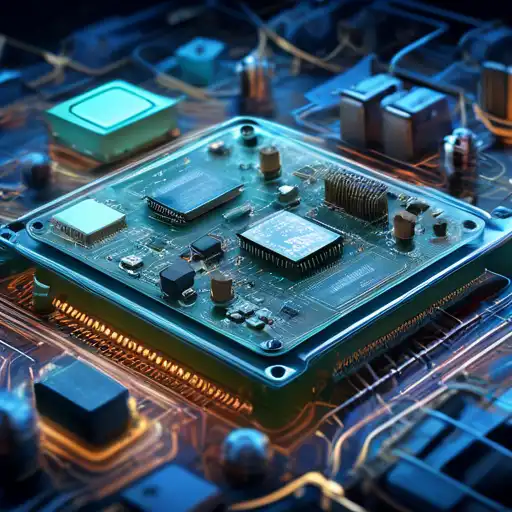The Hidden Heroes: How Embedded Systems Power Our Smart Devices
In the digital age, embedded systems have become the unsung heroes behind the functionality of smart devices. From smartphones to smart refrigerators, these compact computing systems are designed to perform dedicated functions within larger systems, making our lives more convenient and connected.
What Are Embedded Systems?
Embedded systems are specialized computing systems that do not look like computers. They are integrated into devices to control specific functions, often with real-time computing constraints. These systems are the brains behind the operation of countless devices, ensuring they perform their tasks efficiently and reliably.
The Role of Embedded Systems in Smart Devices
Smart devices rely heavily on embedded systems to process data, connect to the internet, and interact with users. For example, a smart thermostat uses an embedded system to learn your schedule and adjust the temperature accordingly, saving energy and enhancing comfort.
- Efficiency: Embedded systems are optimized for low power consumption and high performance.
- Connectivity: They enable devices to connect to the internet and each other, forming the Internet of Things (IoT).
- User Interaction: These systems process inputs from users and sensors to provide responsive and intuitive interfaces.
Challenges and Innovations in Embedded Systems
Despite their widespread use, embedded systems face challenges such as security vulnerabilities and the need for continuous updates. However, innovations like machine learning and advanced encryption are paving the way for more secure and intelligent systems.
For those interested in diving deeper into the world of embedded systems and their applications, exploring IoT technologies can provide valuable insights into how these systems are shaping the future of smart devices.
Conclusion
Embedded systems may not be visible to the naked eye, but their impact on our daily lives is undeniable. As technology continues to evolve, these systems will play an even greater role in powering the next generation of smart devices, making our world more connected and intelligent than ever before.
